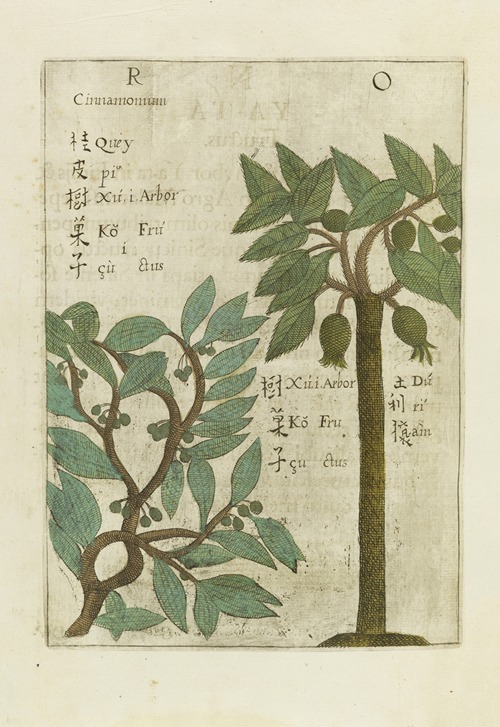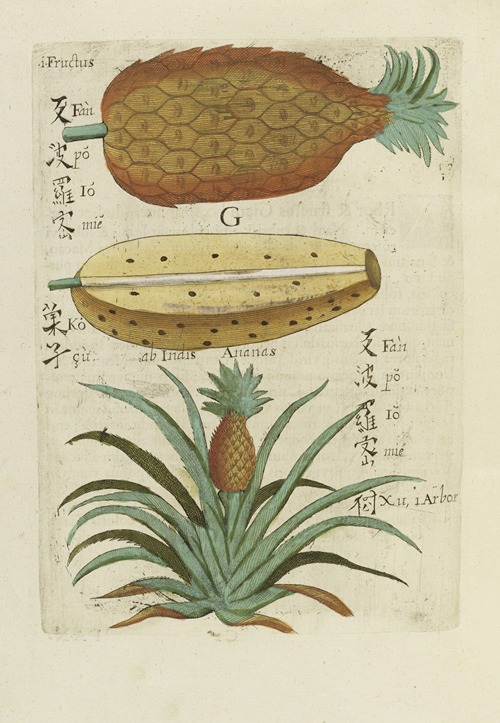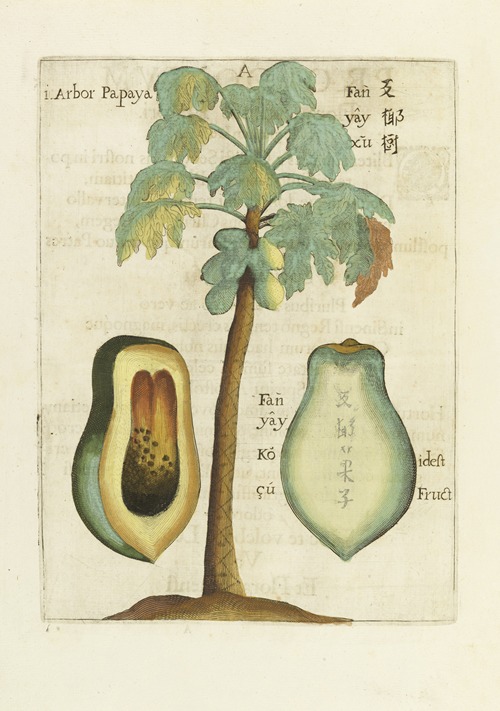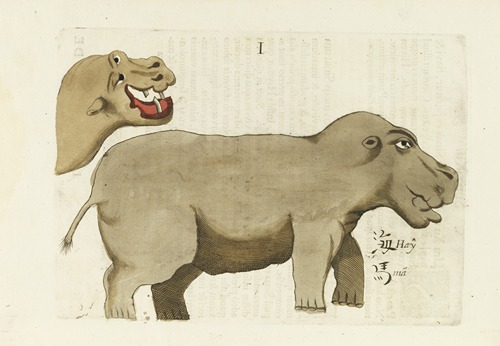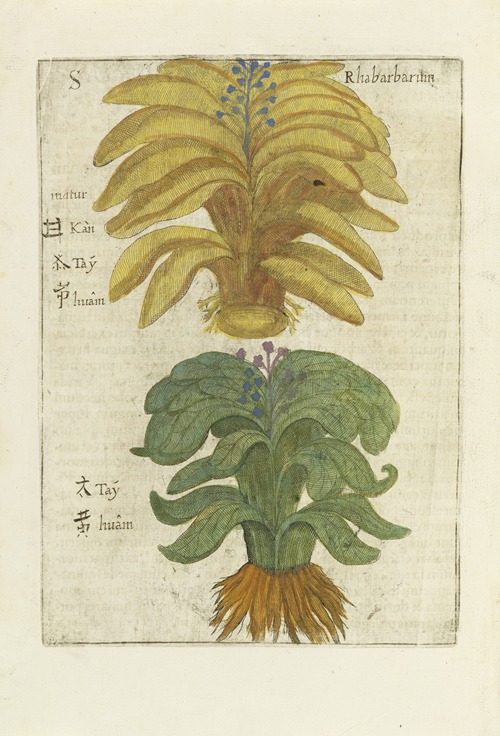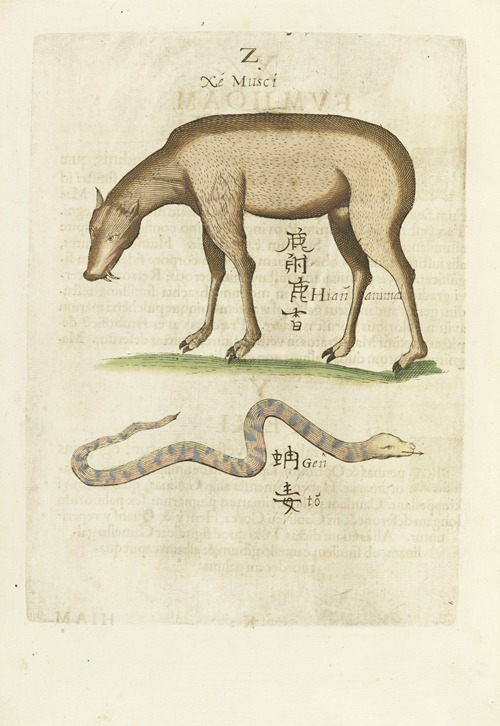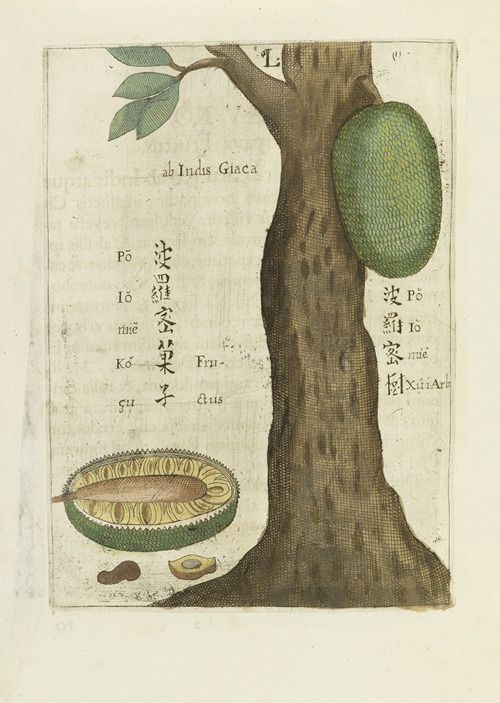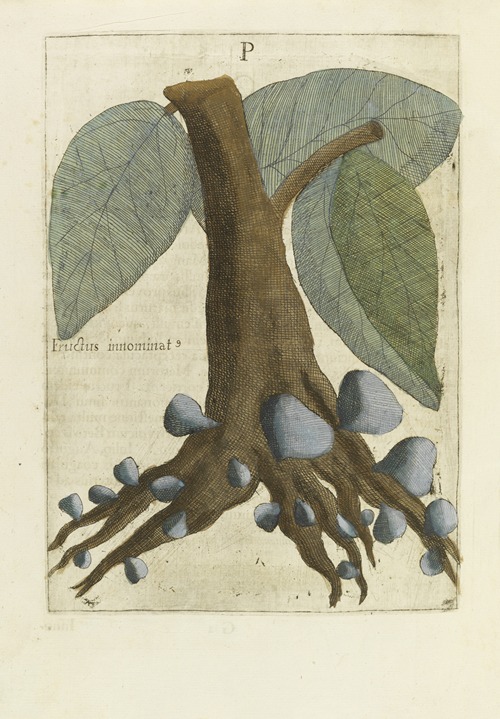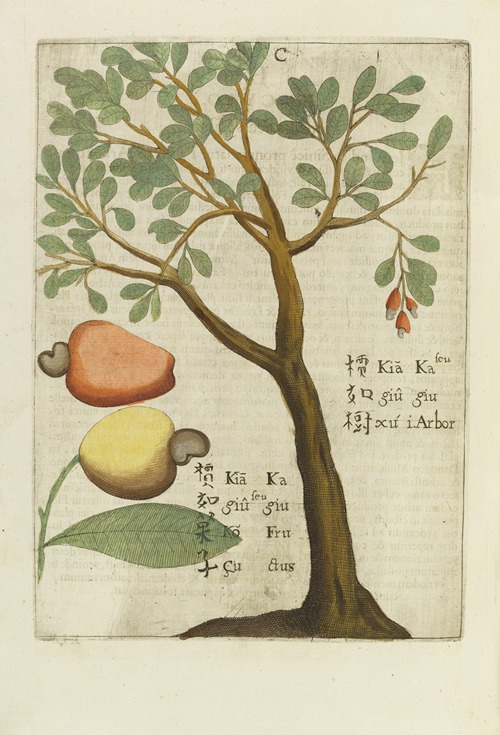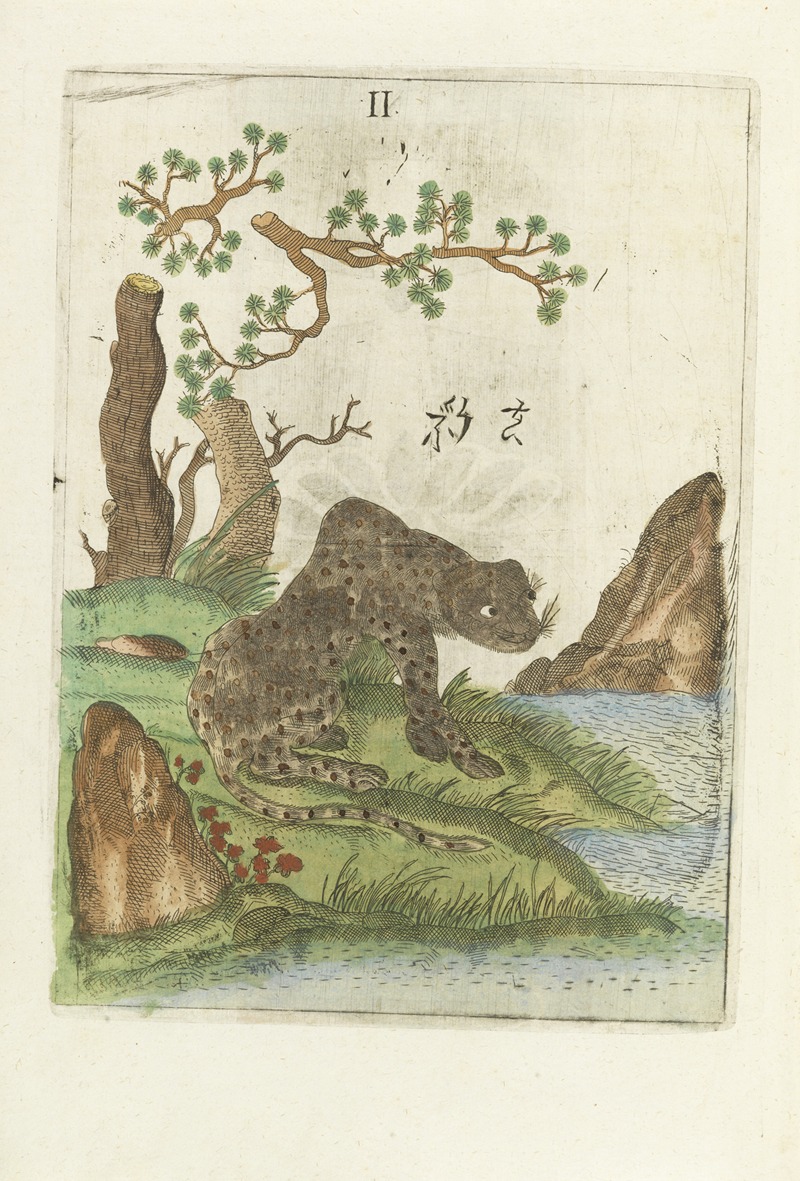
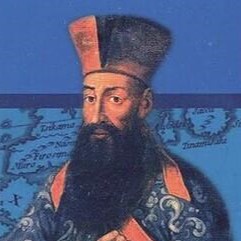
Michał Piotr Boym, SJ was a Polish Jesuit missionary to China, scientist and explorer. He was an early Western traveller within the Chinese mainland, and the author of numerous works on Asian fauna, flora and geography. The first European Chinese dictionary, published in 1670, is attributed to Boym.
Michał Boym was born in Lwów, Poland (now Lviv, Ukraine), around 1614, to a well-off family of Hungarian ancestry. His grandfather Jerzy Boim came to Poland from Hungary with the king Stefan Batory, and married Jadwiga Niżniowska. Michał's father, Paweł Jerzy Boim (1581–1641), was a physician to King Sigismund III of Poland. Out of Pawel Jerzy's six sons, the eldest, the ne'er-do-well Jerzy was disinherited; Mikołaj and Jan became merchants; Paweł, a doctor; while Michał and Benedykt Paweł joined the Society of Jesus. The family had their own family chapel in Lviv's central square, which was constructed around the time of Michał's birth.
In 1631, Boym joined the Jesuits in Kraków, and was ordained a priest. In 1643, after almost a decade of intensive studies in the monasteries of Kraków, Kalisz, Jarosław and Sandomierz, Boym embarked on a voyage to Eastern Asia. He first traveled to Rome, where he obtained a blessing for his mission from Pope Urban VIII, and then proceeded to Lisbon. Later that year he embarked with a group of nine other priests and clerics on a voyage to Portuguese Goa, and then Macau. Initially he taught at St. Paul Jesuit College (Macau). He then moved to the island of Hainan, where he opened a small Catholic mission. After the island had been conquered by the Manchus, Boym had to flee to Tonkin in 1647.
Even as Jesuits in northern and central China were successfully switching their loyalties from the fallen Ming Dynasty to the newly established Qing, the Jesuits in the south of the country continued to work with the Ming loyalist regimes still controlling some of the region. Accordingly, in 1649 Boym was sent by the Canton-based Vice-Provincial of the China Mission Alvaro Semedo with a diplomatic mission to the court of the Yongli Emperor, the last Chinese ruler of the Ming Dynasty, still controlling parts of Southwestern China.
As the Yongli regime was endangered by the encroaching Manchus, the Jesuit Andreas Wolfgang Koffler, who had been at the Yongli court since 1645, had succeeded in converting many of the members of the imperial family to Christianity believing this would attract help from Western monarchs for the Southern Ming's struggle to continue to rule China. Among the Christians at the Yongli's court were Empress dowager Helena Wang (Wang Liena), the main wife of the emperor's father; Empress dowager Maria Ma (Ma Maliya), the mother of the emperor; Empress Anne Wang, the main wife of the emperor; and the heir to the throne, prince Constantine (Dangding), Zhu Cuxuan. The Emperor's eunuch secretary Pang Tianshou (龐天壽), known by his Christian name Achilles, had become a Christian as well, years earlier.
Boym was chosen to present the situation of the Chinese Emperor to the Pope. He received letters from Empress dowager Helena and from Pang Achilles, to give to Pope Innocent X, the General of the Jesuit Order, and Cardinal John de Lugo. Additional letters were dispatched to the Doge of Venice and to the King of Portugal. Together with a young court official named Andreas Chin (Chinese: 鄭安德肋; pinyin: Zhèng Āndélèi), Boym embarked on his return voyage to Europe. They arrived at Goa in May 1651, where they learned that the King of Portugal had already abandoned the cause of the Chinese (Southern Ming) Emperor, and that Boym's mission was seen as a possible threat to future relations with the victorious Manchu. This view was also supported by the new local superior of the Jesuits, who believed the Jesuit Order should not interfere in the internal power struggles of China.
Boym was placed under house arrest. However, he managed to escape and continue his voyage on foot. By way of Hyderabad, Surat, Bander Abbas and Shiraz, he arrived at Isfahan, in Persia. From there he continued his journey to Erzerum, Trabzon and İzmir, where he arrived near the end of August 1652. As the Venetian court was having conflicts with the Jesuits, Boym discarded his habit and dressed up as a Chinese Mandarin, before he arrived in Venice in December of that year. Although he had managed to cross uncharted waters and unknown lands, his mission there would not be easy, as the political intrigues at the European courts proved to be extremely complicated.
Initially the Doge of Venice refused to grant Boym an audience, as Venice wanted to maintain a neutral stance in regards to China. Boym managed to convince the French ambassador to support his cause, and the Doge finally saw Boym and accepted the letter. However, the French involvement caused a negative reaction from the Pope, as Innocent X was actively opposed to France and its ambitions. Also the newly elected General of the Jesuits, Gosvinus Nickel, believed Boym's mission might endanger other Jesuit missions in China and other parts of the world. A new Pope was elected in 1655, and after three years, Alexander VII finally saw Boym on 18 December 1655. However, although Alexander was sympathetic to the Ming dynasty and its dilemma, he could not offer any practical help and his letter to the Chinese emperor contained little but words of empathy and offers of prayers. However, the letter from the new Pope opened many doors for Boym and his mission. In Lisbon, he was granted an audience by King John IV, who promised to help the Chinese struggle with military force.
In March 1656, Boym started his return trip to China. Out of eight priests accompanying him, only four survived the journey. Upon reaching Goa it turned out that Yongli's situation was dire and that the local Portuguese administration, despite direct orders from the monarch, did not want to let Boym travel to Macau. This was in order not to compromise their commercial enterprises with the victorious Manchu. Boym again ignored the Portuguese monopoly by travelling on foot, this time by an uncharted route to Ayutthaya, the capital of Siam. He arrived there in early 1658, and hired a ship from pirates, with which he sailed to northern Vietnam. In Hanoi, Boym tried to procure a guide to lead him and the priests travelling with him to Yunnan. However, he was unsuccessful and he had to continue the journey alone, with the assistance only of Chang, who had travelled with him all the way to Europe and back. They reached the Chinese province of Guangxi, but on 22 June 1659 Boym died, having failed to reach the emperor's court. The burial place remains unknown.
